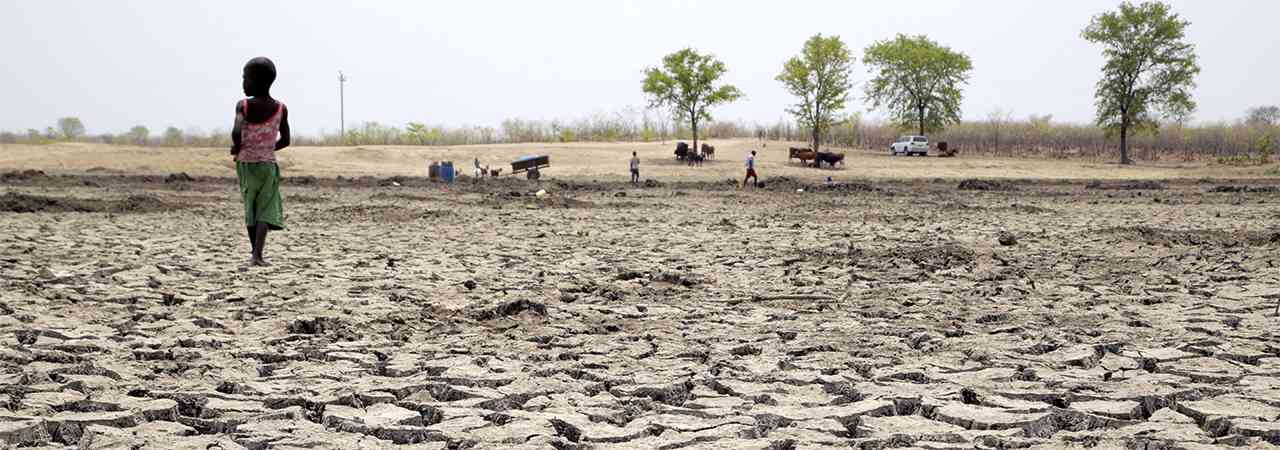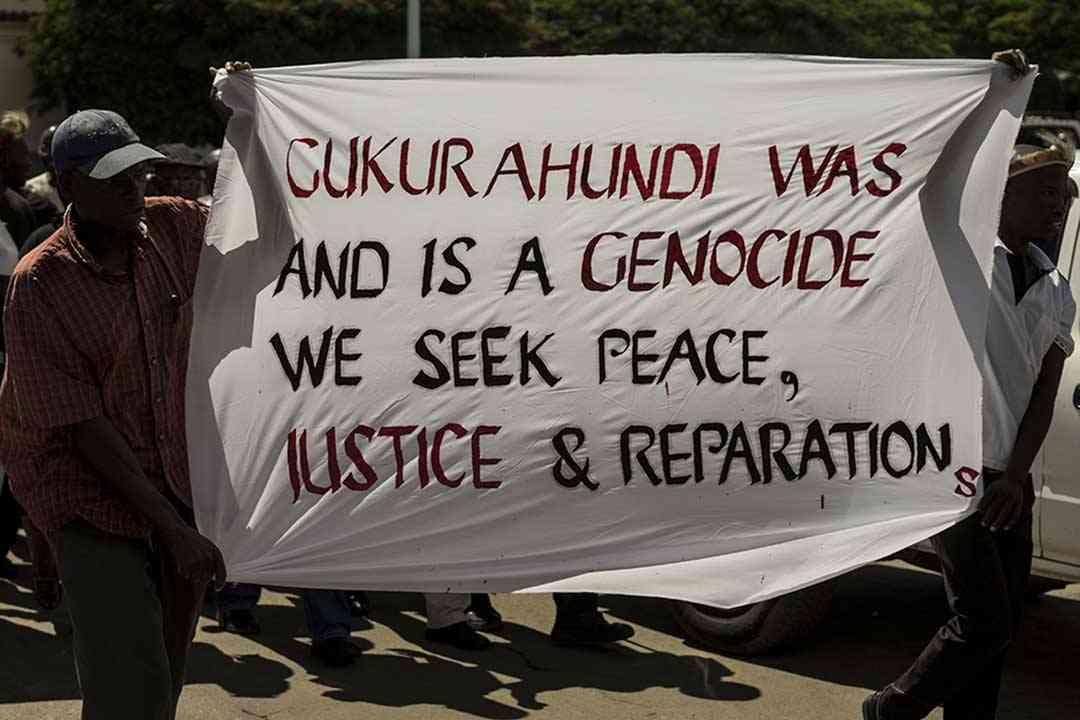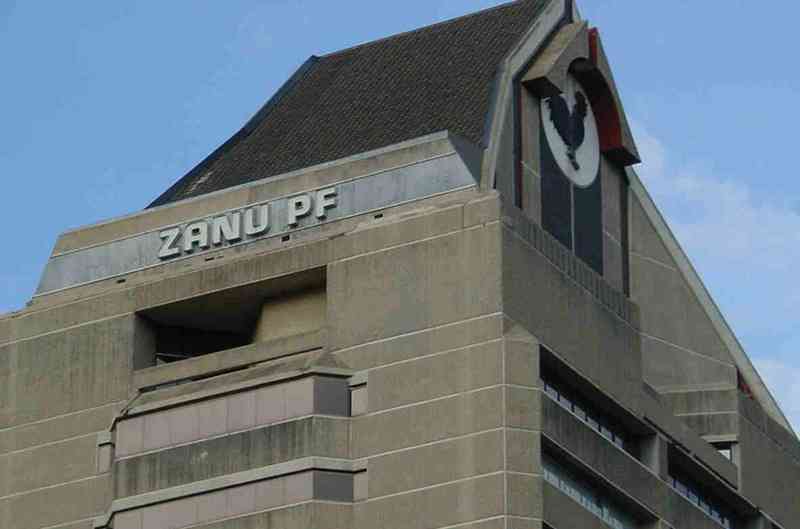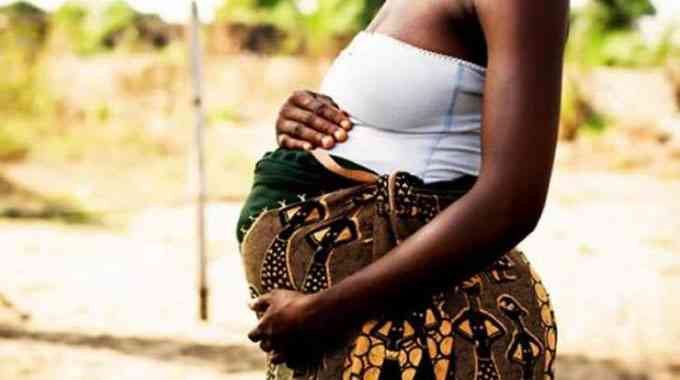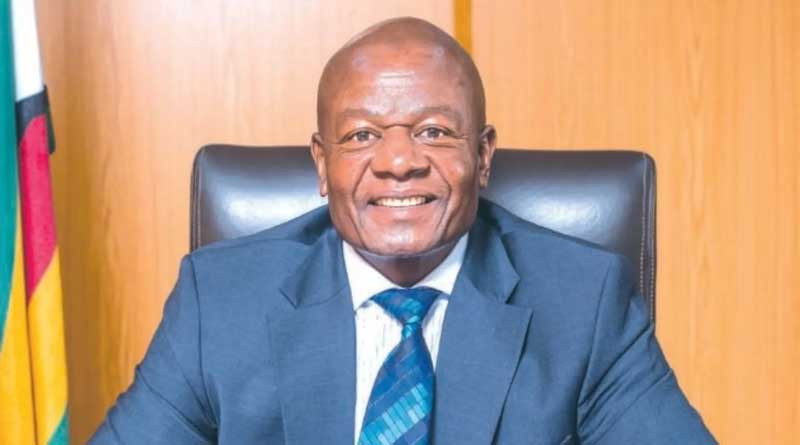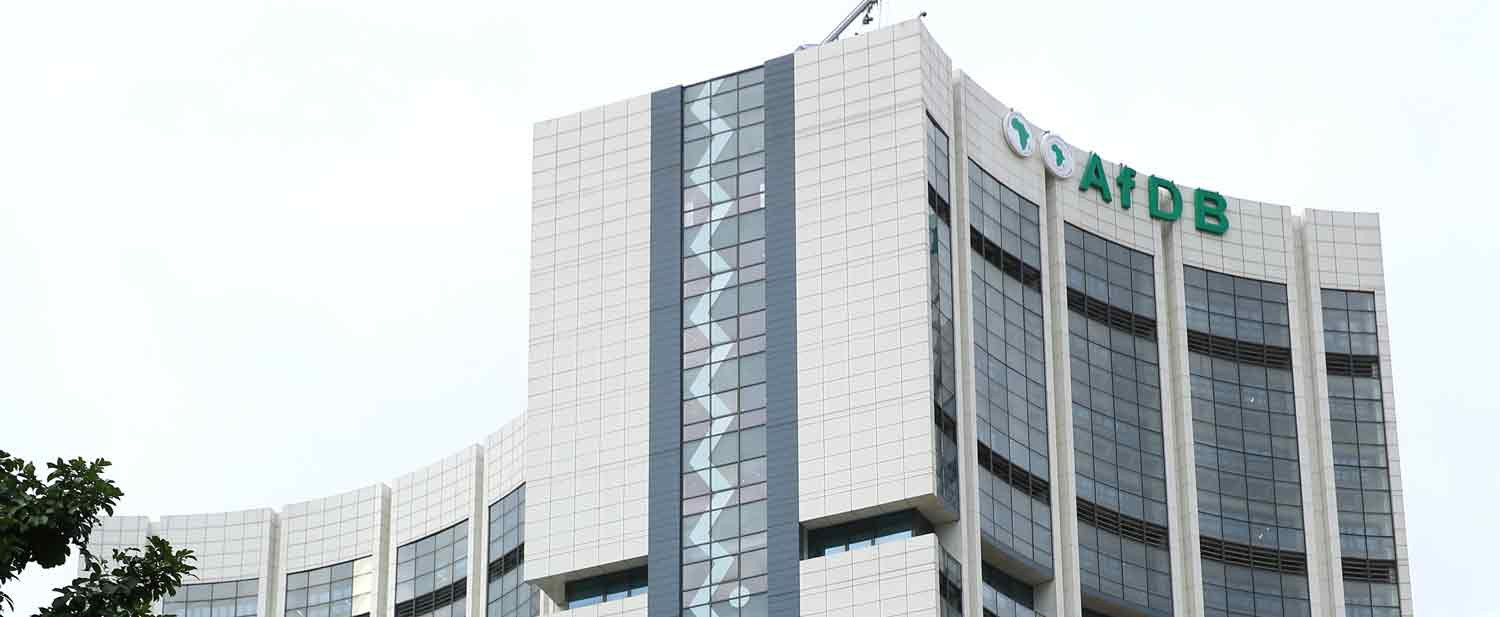
ZIMBABWE needs in excess of US$3,7 billion annually to achieve its sustainable development goals (SDGs) by 2030, with a further US$650 million required annually to reach the same target by 2063.
This was revealed by the African Development Bank (AfDB) as it unpacked the country’s economic outlook report in Harare yesterday.
The bank further estimates Zimbabwe’s annual financing gap at 13,4% of gross domestic product (US$3,7 billion) by 2030, 2,3% (US$0,66 billion) by 2063.
The development comes shortly after the Bankers of Association of Zimbabwe (BAZ) said the country required more than US$10 billion in long-term offshore financing to unlock its economic potential.
BAZ also highlighted urgent funding gaps in key sectors such as infrastructure, energy and mining.
At a time when Zimbabwe is battling high country risk status, which is making it difficult for the country to attract new lines of credit, the need for new money to drive the economy cannot be underestimated.
Presenting the report yesterday, AfDB country economist Kelvin Banda said significant financing was needed to achieve sustainable development goals.
“AfDB model estimates that Zimbabwe has a financing gap of US$3,76 billion annually by 2030 and US$0,65 billion annually to reach the same target by 2063,” Banda said.
- Mavhunga puts DeMbare into Chibuku quarterfinals
- Bulls to charge into Zimbabwe gold stocks
- Ndiraya concerned as goals dry up
- Letters: How solar power is transforming African farms
Keep Reading
“Zimbabwe needs more investment in key infrastructure including energy and transport and also in education and skills development.”
“We still have a fiscal gap of US$0,6 billion,” Banda said.
“So, really, it’s just to say that we need to make sure that we leverage on our resources, we need to leverage on natural capital, we need to leverage on all sorts of capital to be able for us to fast-track the objective, which we have set for ourselves as a country, but also as a continent.
“This is not unique for Zimbabwe. I think it’s pretty much the same for all the countries on the continent.
“So, what are we surviving on at the moment? Let’s look at the revenues.
“So, if we look at the tax revenues, as an example, it’s a good story in the sense that we have been growing in terms of the revenues, the tax revenues as a percentage of GDP.
“If we leverage on the natural capital, the business, the financial sectors, perhaps that will grow much, much, much higher than the estimated revenue to be set back.”
Banda said improving public spending efficiency in Zimbabwe was critical for fiscal consolidation and sustainable inclusive growth.
He added that public spending was constrained by limited revenue mobilisation, inadequate allocative efficiency and pro-cyclicality worsened by high inflation.
“The wage bill was the largest expenditure at 45% of total expenditure (48% of revenue),” Banda said.
“Talking of fiscal consolidation, in Q1 2025, spending was effectively contained at ZiG18,2 billion, just 1% below the budget.
“The wage bill was prudently managed at ZiG8,47 billion, 4% under target.”
The report, which was themed Making Africa’s Capital Work Better for Africa’s Development, highlighted that key obstacles include governance gaps, regulatory complexity, weak enforcement of property rights and limited access to long-term affordable financing.
The report also called for a coherent reform set of investing and institutional capacity, aligning tax and investment policies with national and global goals and fostering stronger collaboration between government, private sector and development partners.
It also called on Zimbabwe to look on the outside and take advantage of the opportunities presented by the African Continental Free Trade Area, adopt regional best practices, in land and environmental governance, as well as align this ambition with the African Union’s agenda for 2023.

